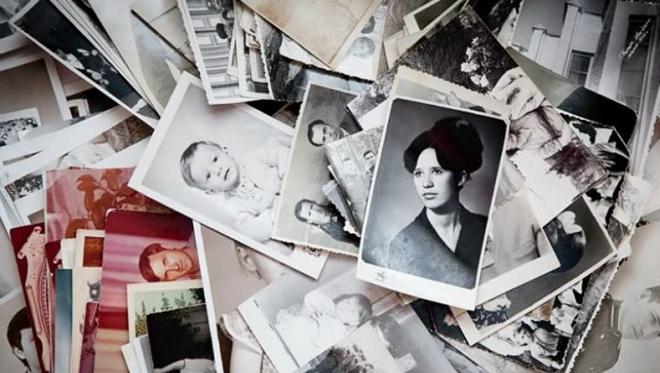An uncountable number of photographs are taken every day in a wide variety of genres, which are even difficult to list. But the desire to stop time leads to the fact that the vast majority of photographs are evidence of the time and place where we were.

Fortunately, now it is possible to save any number of photos because the needed efforts are very little. Modern photographs taken by digital devices will require you to simply sort them by time, place and event with the removal of unnecessary shots.
But what can we do with those old paper photographs of our parents and grandmothers 50 years ago? How to protect them? In this article, we will show you five simplest ways to save photos, following which you can save your history for many years.
1. Digitize the most valuable photos
When you will start photography’s rescue operation choose the most important pictures (for example, birthday or your grandparents’ wedding photography nj) and digitize them. They can be scanned alone but there are many possibilities for transferring this task to professionals. They will take your photo boxes, create digital data and return the original pictures to you in excellent condition. After receiving your digital files, make several copies of them in different places. You can upload your photos to an online photo service (such as Google Picasa) or an external hard drive.
2. Keep the pictures away from light
Photos feel much more comfortable in dark places. The excess amount of light will ultimately lead to their disappearance. Don’t forget about it when you will put the frames with photos on a sunny shelf. To stay on a safe side, make high-quality copies and display them.
3. Choose the right place to store photos
The perfect medium for photographs is a comparatively dry space that has a stable temperature. Your basement is probably too wet, your photos may stick together or mold can appear on them. It is also better to avoid hot attics as heat can accelerate the destruction of paper and ink. The ideal space for them matches room temperature or lower and leaves the safe distance from radiators and ventilation openings.
4. Buy proper protection
There are two most reliable types of enclosures such as photo albums and photo boxes. All paper boxes or photo albums should be free of lignin and acids. If the storage space is not dry as required, pick paper protection because the photos may stick to the plastic album. But plastic enclosures are not the best place to store negatives. If you decided to use a photo box, place photos flat and leave enough space between them.
5. Write down all the important information
Our memory is an interesting phenomenon, it can keep the whole bunch of unnecessary information and simply delete important things. That’s why it is better to write down the names, dates, and places for each photo. To mark a new photo with a smooth base, use the archival marker. But the best way out is to choose an album that allows you to write on its page instead of the photo’s back. You should let the ink dry before you put your photos together because the inscription could smear.
